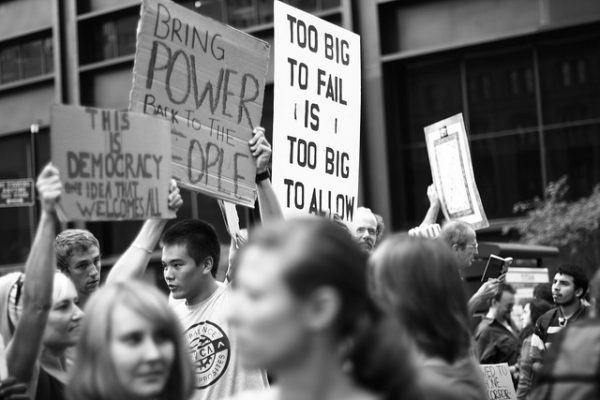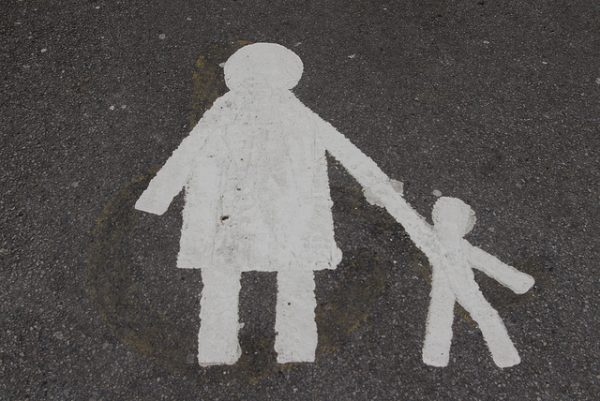
Income inequality has been growing in the U.S. since the 1970s and has created resentment and anger that sparked protest movements like Occupy and contributed to President Trump’s election. Yet, scholars and activists alike are still trying to understand the root causes of increased inequality itself. In a recent article, David Jacobs and Jonathan C. Dirlam seek to explain what accounts for increased stratification in the U.S. in the past 40 years.
Jacobs and Dirlam use IRS data from 1978 to 2011 to determine state level income inequality, allowing them to capture very high earners – those making over $1 million – that are often overlooked in other data that combines all people earning over $200,000. They then compile data on the political party that controlled national and state level political office, state unemployment levels, and state unionization rates. They analyze changes over time and assess the relationship between national and state-level conditions.
According to Jacobs and Dirlam’s research, many factors produce state-level inequality, but the strongest influence is which political party is in power. Income inequality increased the most when Republican politicians were in office, particularly when the U.S. President was Republican. Lower state-level unionization rates were related to wider income disparities because unions bargain for higher wages and often push up wages at competing non-union companies. Economic and labor market changes had an effect as well — increases in people completing a four-year college degree and decreases in manufacturing employment were associated with greater inequality. These changes created disparities between more and less educated workers, and led to higher demand and rewards for skilled workers.
In conclusion, Jacobs and Dirlman argue that shifting political power towards companies and away from workers is a major driver of inequality. Conservatives, since Ronald Reagan, have enacted neo-liberal policies that deregulate industry, cut taxes, and weaken unions; this leads to higher profits for companies and investors, but lower wages for workers and less power to advocate for their rights. Thus, politics and political power are key factors, and economic changes alone do not fully explain the growing gap between the least and most wealthy Americans.









